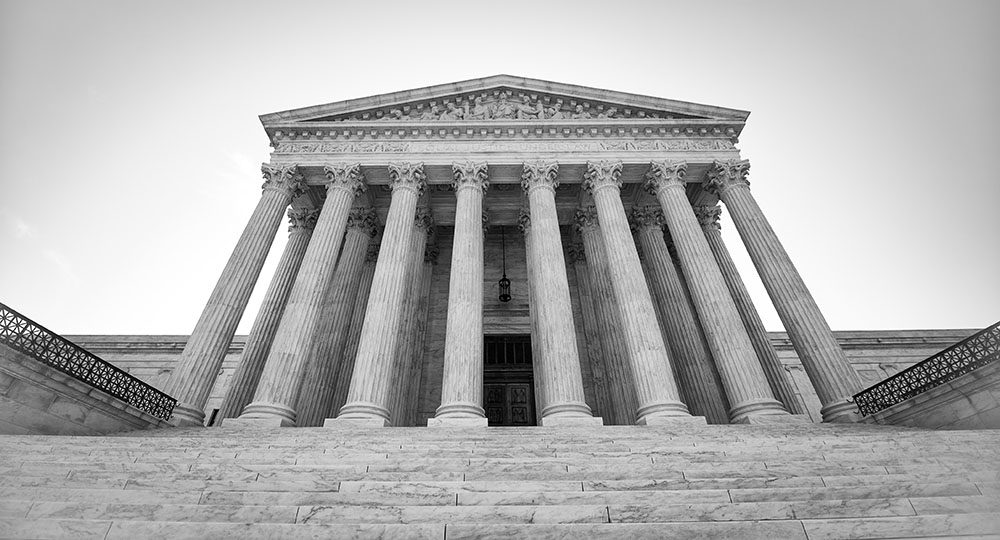


Eckhart Tolle, Jeremiah Wright, Jimmy Carter. Believe it or not, they all have something in common. And if you love the Lord, love your country, and love Israel, you won’t be too happy about it.
God has always kept His promises. And the prima facie evidence of His faithful- ness is the experience of His ancient cove- nant people, Israel.
Although many people, including some Christians, deny that Israel’s return to the land is biblical, they are wrong. It is extremely biblical. And here’s why.
The great deluge of Noah’s day did not come without a warning from God. Today researchers studying catastrophic plate tectonics present a flood model that is nothing less than horrific.
This summer marks the 45th anniversary of the ruling that outlawed reading the Bible and reciting the Lord’s Prayer in America’s public schools. But there’s more. Read on.